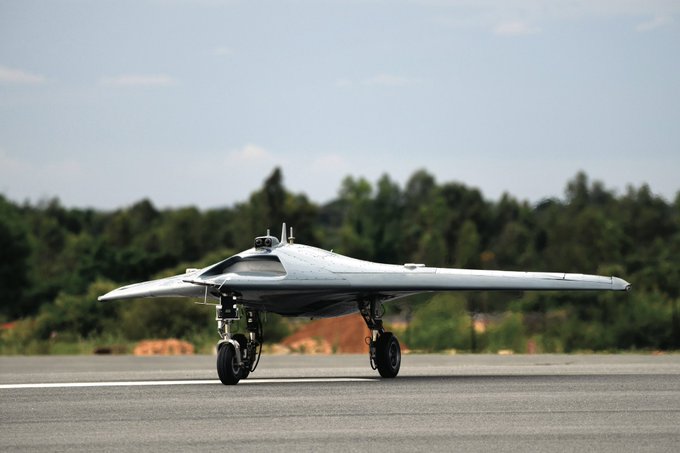The Health Department of the Union Territory of Puducherry has declared a ‘Public Health Emergency’ in Karaikal following the outbreak of Acute Diarrhoeal Diseases (ADDs) and deterioration of water quality in the region.
Reference
India conducted the flight test of a sub-scale flying model of the ‘Stealth Wing Flying Testbed’.

The Airframe is the basic mechanical structure of the aircraft.
The undercarriage is the landing gear used for take-off and landing.
Drones developed by the DRDO include Nishant, Rustom, Tapas and Lakshya among others.
Reference
The Securities and Exchange Board of India's (SEBI's) board allowed the Foreign Portfolio Investors (FPIs) to trade in exchange-traded commodity derivatives.
The move will enhance liquidity and market depth, as well as promote efficient price discovery.
|
Particulars |
Spot Market |
Commodity Derivative Market |
|
Regulator |
Respective state governments |
Securities and Exchange Board of India |
|
Nature of trades |
Party to party contract (buyer and seller may be known to each other) |
Trade takes place anonymously between two parties on the Stock Exchange platform |
|
Nature of contracts |
Customised |
Standardised |
|
Prerequisites |
No collateral |
Initial margin before trading |
|
Type of settlement |
Physical - Instantaneously or within 11 days of the deal |
At the end of the day, i.e. mark to market settlement in cash Final settlement - Cash / Physical, at the expiry of the contract |
|
Guarantee of the trades |
On trust /mutual understanding |
Clearing corporation ensures performance guarantee of the contract |
Reference
After finding several carcasses of wild boar, Kerala health officials confirmed the presence of anthrax in Athirappilly forest region, Kerala.
Anthrax has usually been found in India’s southern states and is less frequently found in the northern states.
Herbivorous animals can get the disease through contaminated soil and feed, while omnivorous and carnivorous animals get infected through contaminated meat, bones and other feeds.
Reference
The National Investigation Agency (NIA) has taken over the probe into the killing of tailor Kanhaiyya Lal in Rajasthan over a social media post supporting a suspended political leader.
Reference